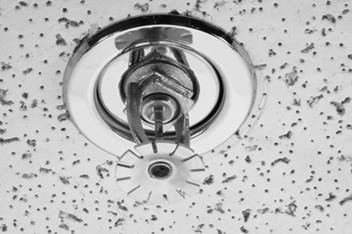Types of Smoke Alarms
Every year, more than 2,800 people die in home fires in the United States. Fire deaths are usually the result of breathing in toxic smoke, and most fatal fires occur at night. People are often asleep when a fire breaks out, and the smoke may not wake them until it is too late. Therefore, it is important to have working smoke alarms to alert families of the danger of fire. Generally, there are two types of home smoke alarms: photoelectric and ionization.
Photoelectric Smoke Alarms
- Photoelectric smoke alarms respond faster to slow burning fires. These fires tend to smolder for hours and produce large amounts of smoke.
- Common causes of smoldering fires are cigarettes, fireplace embers, and electrical shorts.
- Smoldering fires often occur in drapes, bedding, carpeting, and upholstered furniture.
Ionization Smoke Alarms
- Ionization smoke alarms respond more quickly to fast flaming fires. These fires tend to ignite quickly and produce large flames, but less smoke.
- Common causes of flaming fires are combustibles that burn rapidly, such as gasoline or other flammable liquids, newspapers, cleaning products, and cooking grease.
Smoke Alarm Tips
- The United States Fire Administration recommends that families have both types of smoke alarms because it is impossible to predict what kind of fire might start. Though both types of smoke alarms will detect smoke from any fire, early detection can make a big difference when it comes to escaping safely.
- Combination alarms that include both types of sensors in one device are also available.
- To increase safety, families should have their smoke alarms interconnected. This means that smoke detected by one alarm will sound all other alarms in the home as well.
- Install a smoke alarm on every level of the home, even in the basement. Also install a smoke alarm outside every sleeping area and inside each bedroom.
- Test each smoke alarm monthly.
- Change the smoke alarm batteries once a year and anytime the smoke alarm “chirps” to warn that the battery is low.
- Replace smoke alarms every 10 years.



